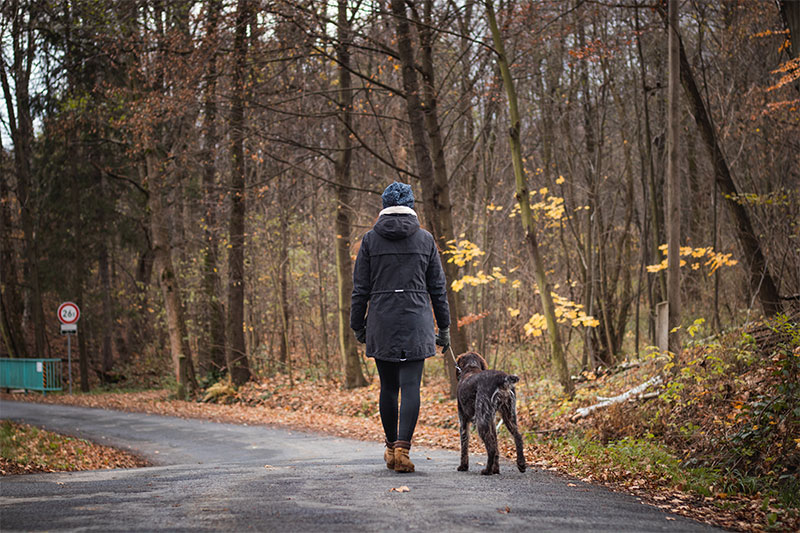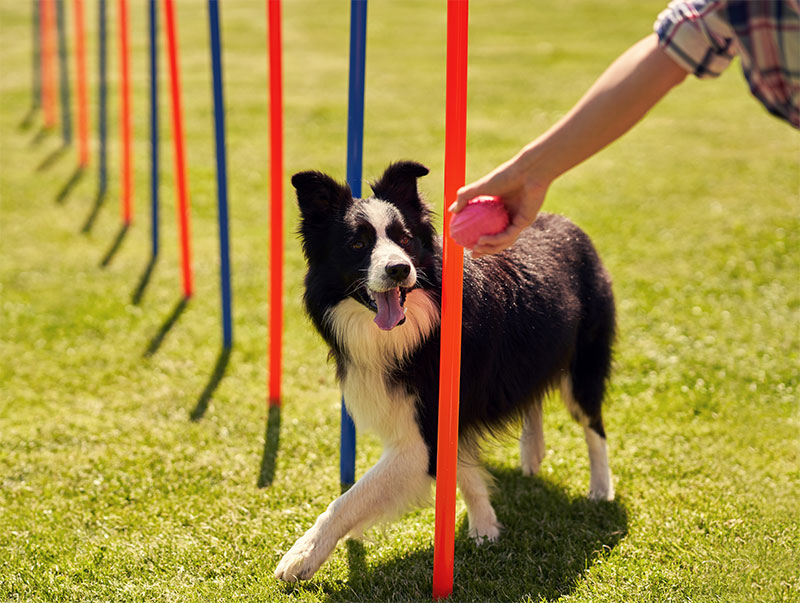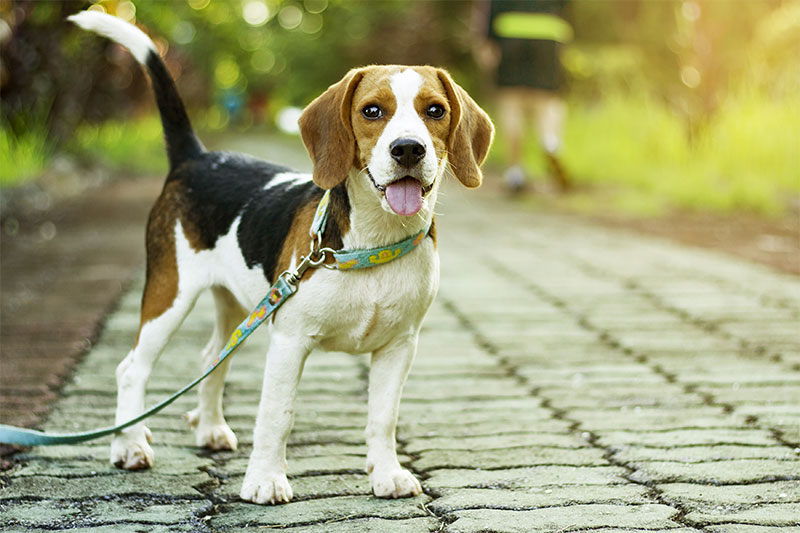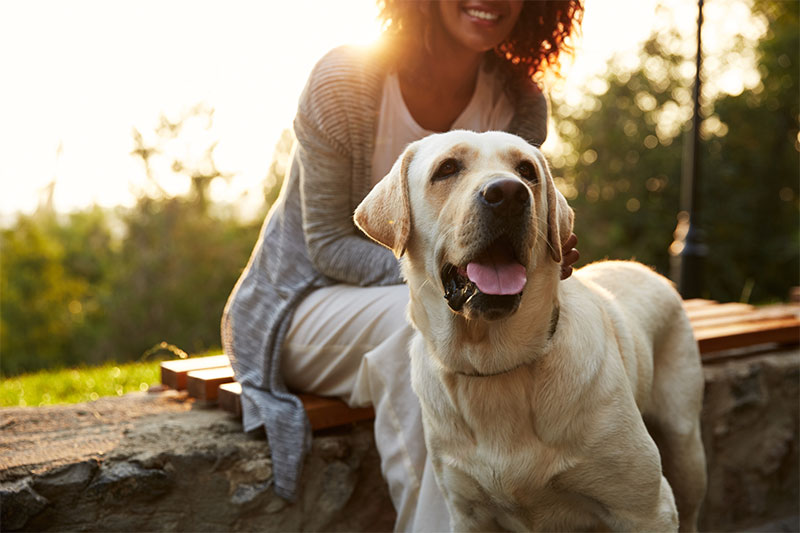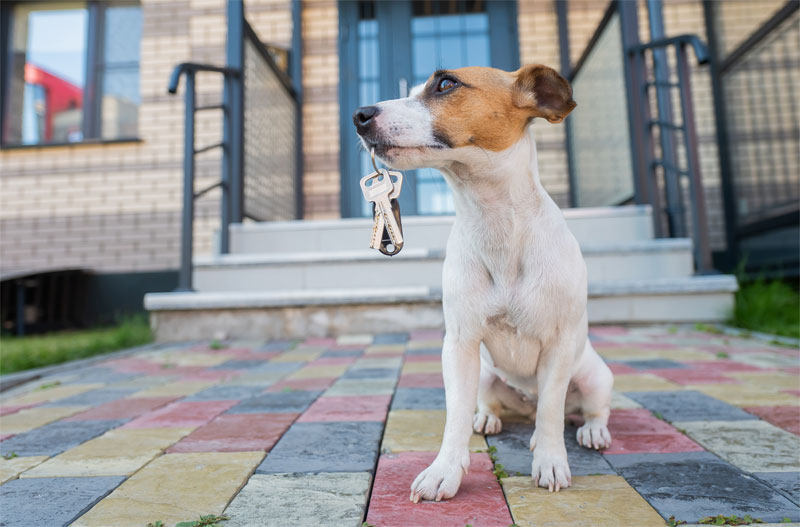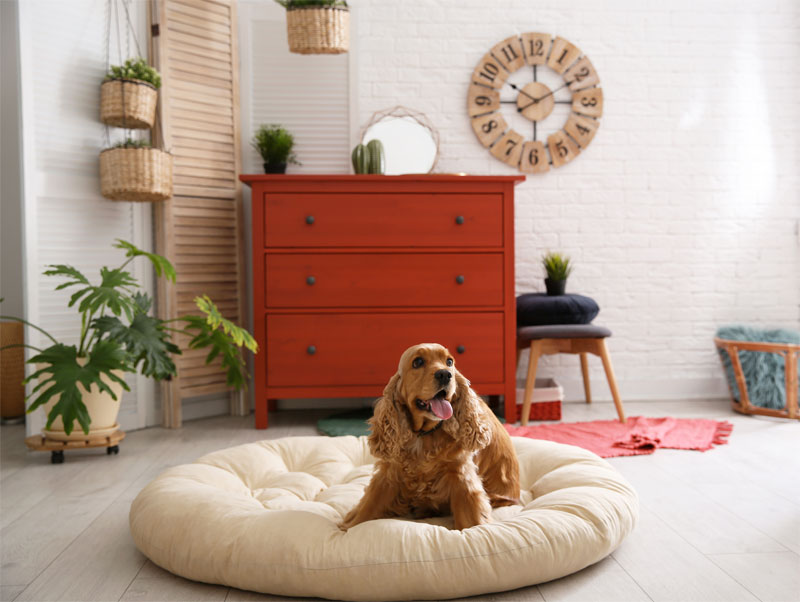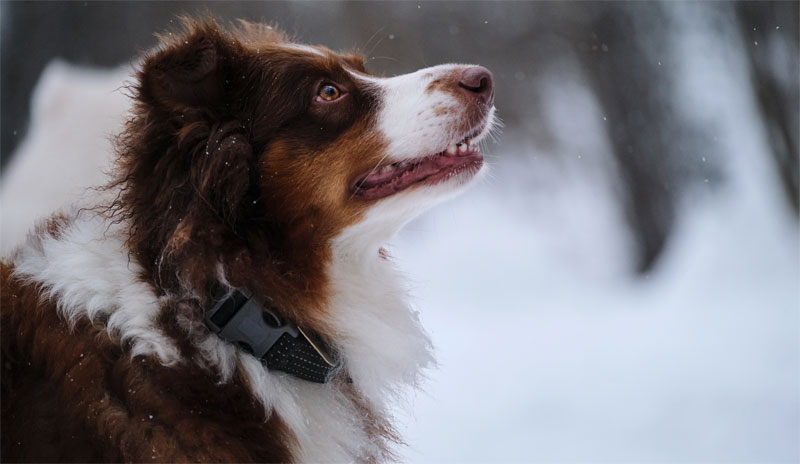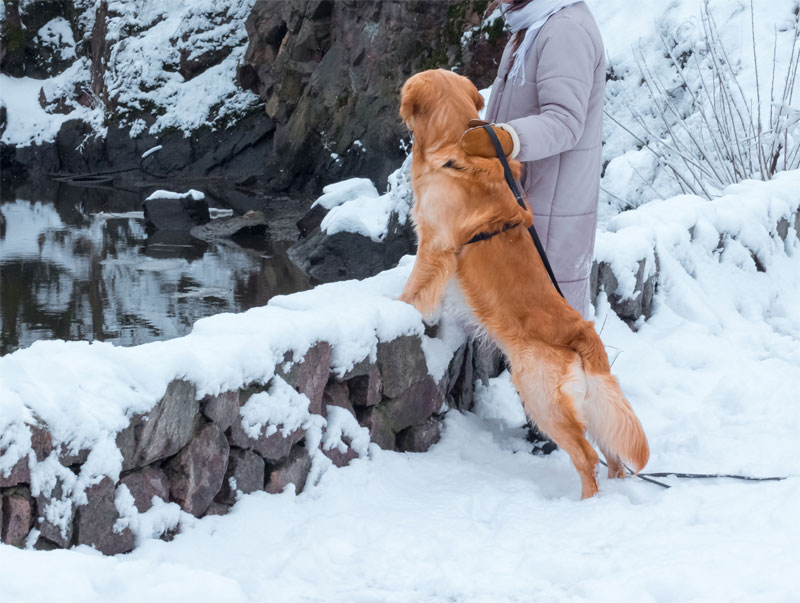How to Care for Your Pet in the Summer Heat
The heat of summer is here. While it’s a fantastic time to get outdoors with your pets for some fun in the sun, it’s also a time to be aware of your pet’s hydration and the dangers of heat exhaustion while taking steps to protect your pet from both of these health hazards.
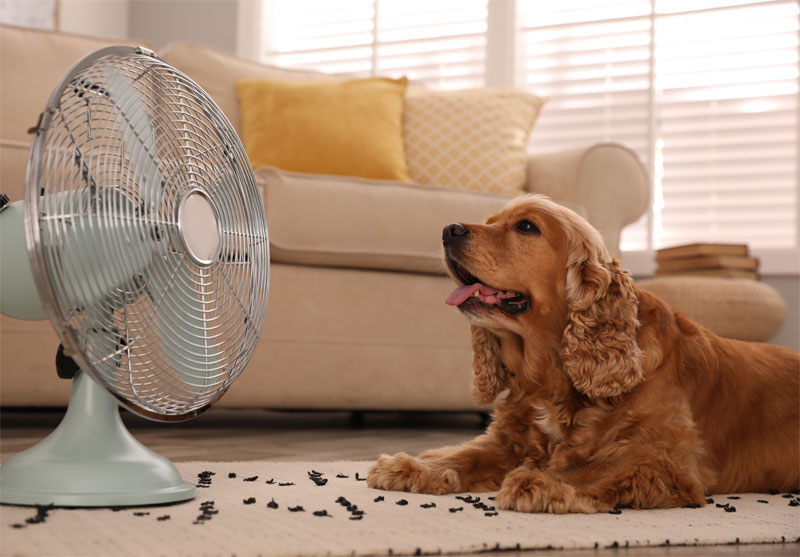
5 Tips to Keep Your Pet Safe in the Summer Heat

1. Stay Hydrated
The best way to avoid heatstroke is to keep your pets hydrated. Make sure they have access to plenty of cool, fresh water at all times. If your pet is reluctant to drink enough water, help to encourage their hydration by soaking their kibble in water before feeding time, putting ice cubes in their water, keeping their water dish clean, and/or investing in a water fountain bowl.
2. Take Shelter in the Shade
It’s hottest in the direct sunlight, so providing your pet plenty of shade in the backyard or at the dog park will help them stay cooler.
3. Never Leave Your Pet in the Car
Even on relatively cool summer days, it is too hot inside the car for your pet. On a sunny day, the temperature in the car will reach dangerous heights after just a minute or two.
4. Know the Symptoms of Heatstroke
Heatstroke is incredibly dangerous for pets. Overheating can lead to permanent organ damage and even death. Signs and symptoms include:
- Excessive panting
- Excessive drooling
- Elevated heart rate
- Red gums
- Trouble breathing
- Weakness or dizziness
- Vomiting and/or diarrhea
- Fainting or collapse
- Seizures
If you notice signs of heatstroke in your pet, seek emergency veterinary care immediately.

5. Know Your Pet's Heat Tolerance Level
While all pets are susceptible to heatstroke, certain breeds have a higher or lower heat tolerance than others. For example, cold weather breeds like huskies and malamutes will become overheated in much more quickly and in cooler weather than breeds with lighter coats.
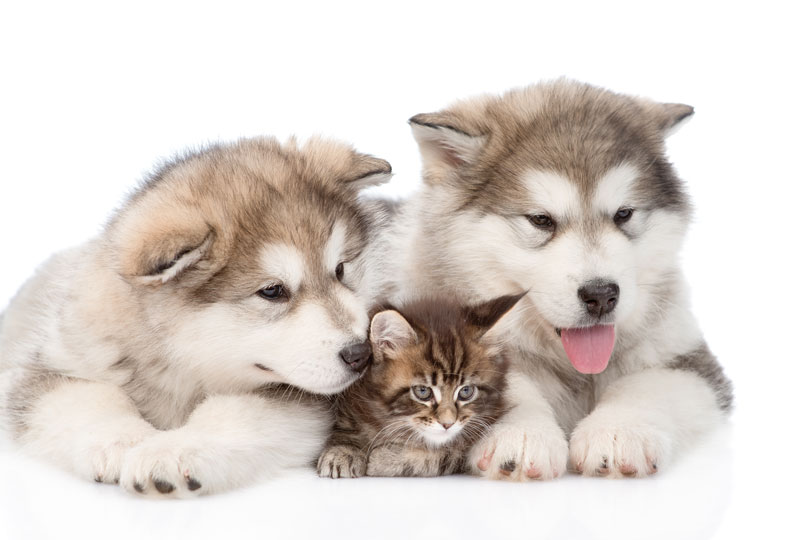
More Summer Pet Safety With Our Woodland Park Veterinarian
In addition to protecting your pet from dehydration and heat exhaustion this summer, remember it’s essential to prevent parasites during this time of year, as well. Our veterinarian at Compassion Animal Hospital can help you ensure your pets are adequately protected from fleas, ticks, and heartworms this summer season.
To learn more or schedule an appointment, we welcome you to contact our office today.







